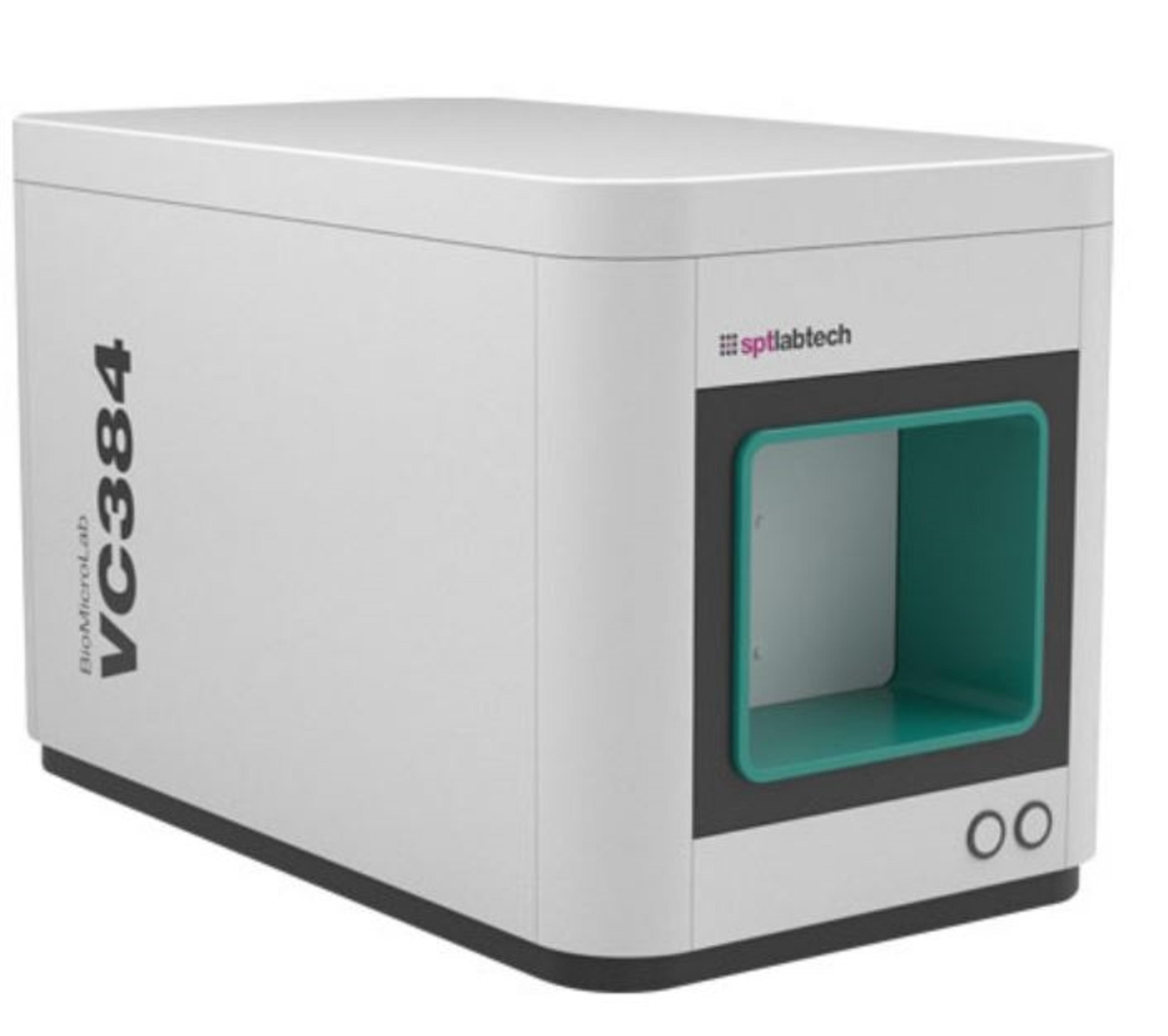Providing a safety net for your liquid handling workflows
Watch this on-demand webinar to discover how integrated volume verification could support your laboratory workflows
25 Feb 2022

While today’s liquid handling instruments provide robust and reliable volume dispensing, given the importance of data integrity, we still see cases where workflows are interrupted to validate methods. It is also not uncommon for laboratory workers to rely on visual or hand inspection to perform invasive volume verification, which drains precious resources and is prone to error.
Integrating an automated volume verification instrument can prove invaluable to performing non-invasive daily or less frequent checks across a range of workflows, bolstering laboratory productivity and providing confidence in the data integrity.
In this SelectScience® webinar, now available on demand, Anne Hammerstein, product manager, SPT Labtech, and Ethan Petkovich, application specialist from BioMicroLab Inc., share how to improve your liquid handling quality control processes with automated volume detection and outline how to avoid routinely shutting down your workflows to perform validations. Plus, discover an integrated solution from SPT Labtech’s dragonfly® discovery and the BioMicroLab VC384.
Watch on demandRead on for highlights from the live Q&A session or register to watch the webinar at a time that suits you.
How often do I need to make the calibration file?
EP: The volume check only needs to create the calibration file once with the instrument. However, if you send it in for preventive maintenance, when you receive the instrument back, you'll have to create another calibration file.
Can I send the output file to a network drive from the software?
EP: In the software, there are settings for the output file, and you can direct it to a network file drive very easily.
Is it possible to check larger well formats, for example, 48, 24?
EP: Yes. In the plate data creator, where you configure the rack type or well type that you're using, you'll just configure it to a 48- or 24-style well plate.
What is the accuracy of the VC384?
EP: That’s all dependent on the well type or tube rack. In a 384-style well plate, we've seen accuracies of plus or minus three microliters, and in a 96-well plate, plus or minus eight microliters.
Can the system be integrated with others?
EP: It can. We have had other integrators come in and integrate the volume check with their systems. We've also done our own integration with robotic arms. We do offer an SDK API package with the system so you can configure your own integration system or program your own software to use the volume check with.
Is there a possibility to interact with a LIMS to directly transfer the data?
EP: This can be achieved if the software development kit packaged with your own software to create a direct connection to the LIMS system. But what a lot of customers or users do is they'll use the output file in the basic software and drop it directly to a mapped network drive the LIMS system has access to.
Can 15- or 50-ml tubes be measured? If yes, must the lid be on or off the tube?
EP: There is a height limitation for the volume check. If this is in reference to the Falcon 15- or 50-ml style tubes, those are too tall for this system. You are limited to about 53 millimeters in height for well plates and tube racks.
How would this help for liquid class development on a robot for samples with different viscosity?
AH: I would look at the volume check as a validation tool. I think when you're setting liquid classes on your robot, a lot of the initial work will be done by observation, making sure that the liquid looks like it comes out cleanly. But especially with difficult liquids, you want to check at the end of the process that the correct amount has come out, that you're not carrying over excess amounts. I would view it as a validation tool at the end, rather than a development tool to set those liquid classes.
Can you test the glass file, say four millimeters in a rack?
EP: For users who have tubes that don’t come with a rack, we have our own machine shop in-house where we have developed our own racks to hold different sizes of vials. Therefore, if you don't have a rack already, as many formula manufacturer glass vials don't come with a rack, we can create your own rack.
SelectScience hosts 10+ webinars every month. Discover more of our upcoming webinars>>

